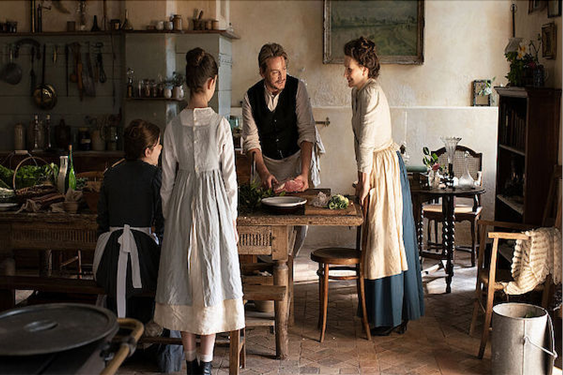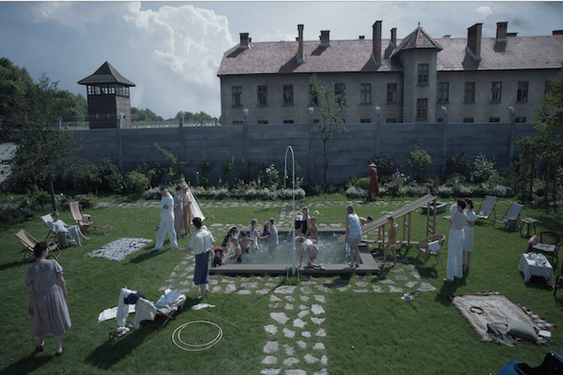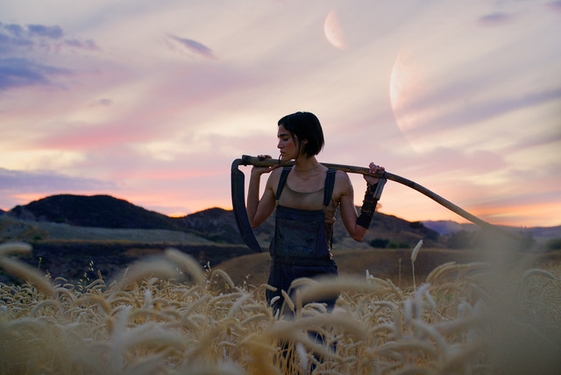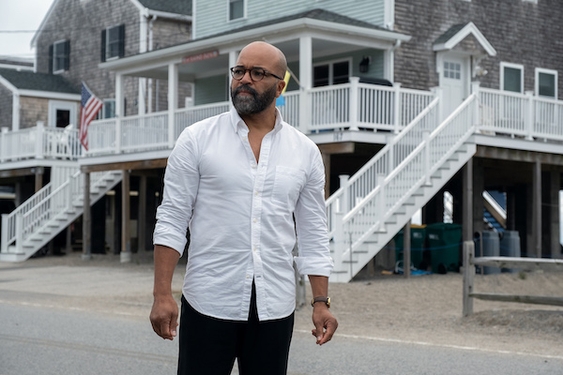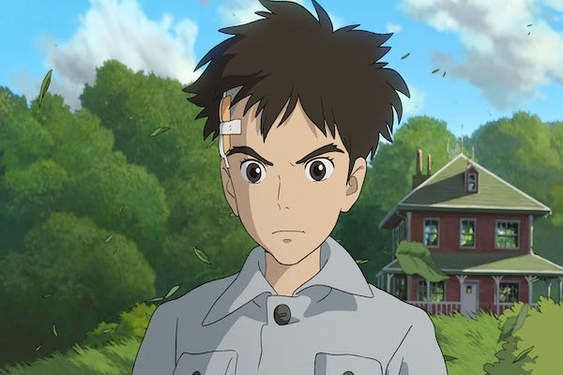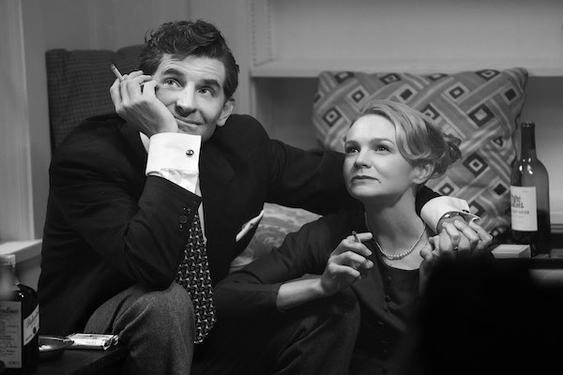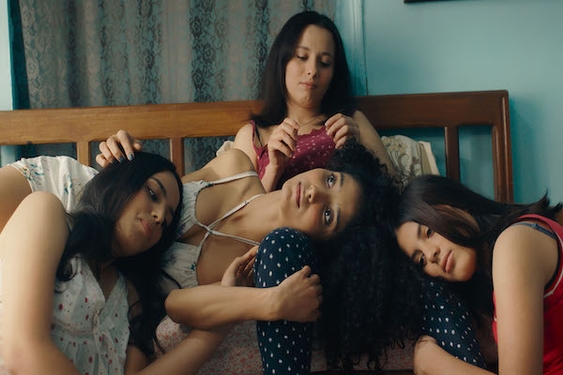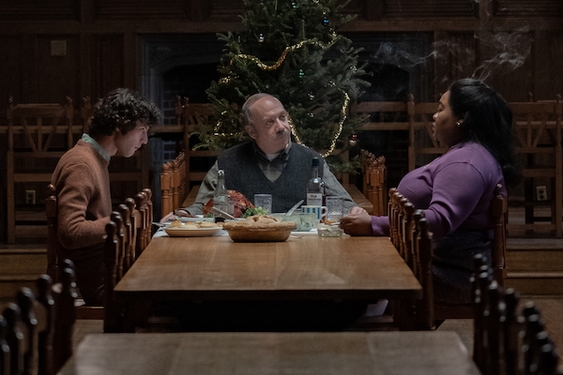
The press has a history of coming under fire from whomever doesn’t like what they’re revealing to the world. Under fire, of course, means many things. Verbal abuse, political intimidation, and violence--being a journalist has never come without risks. It seems that under current news cycles and political regimes, however, the necessity of an honest press has never been higher, and as a result, has never been so belittled and scrutinized worldwide. Under the Wire isn’t just about one gutsy journalist willing to break the rules to get a good story. This documentary, brought to us by scrupulous documentarian Chris Martin, is about journalists risking everything they have just so the world can get a glimpse at what happens behind closed doors and change can occur. And just as you might expect, Under the Wire is both tragic and heroic, but even more so imperative to remembering the value of our press.
You may not know the recognize the name of American journalist Marie Colvin, but you have seen the results of her reporting. For decades, she worked as a war correspondent for The Sunday Times, where she dodged bullets, snuck through borders, and hid in trenches for however long it took for her to get the story of crisis to the world. She was notoriously hard-headed, and the eyepatch that she sported after receiving a bullet to the eye in Sri Lanka is a testament to that spirit, where she was hardly ever persuaded to let go of a mission until it was seen through to its end.
That hard-headedness also made it hard to work with her on more personal levels. Many photographers and aides who worked alongside Colvin found it difficult to see reason in the risks she was taking, and similarly unable to talk her out of things. That’s why when photojournalist Paul Conroy paired up with her, and immediately said yes to every whim of hers, a match was made in heaven.
Under the Wire, based on Conroy’s book of the same name, follows Colvin and Conroy on their last assignment together in Syria. Well, not so much an assignment, seeing as Syria had officially closed its borders to all foreign journalists. To Colvin, it was a necessary mission to sneak through the intensely guarded border and capture the massacre of the Syrian people by its own government.
Martin’s documentary shows intimate testimonials by Conroy and Colvin’s colleagues mixed with actual footage from the mission, as well as sourced footage from Syrians in the suburbs of Homs, where the slaughter was taking place. Seeing as it was difficult to create a fully realized structure with the found footage from so many different people, Martin had to carefully recreate moments to fill in the holes--a tricky and risky task; however, the fact that you couldn’t tell what takes were filmed by Conroy on the ground and which were filmed by director of photography Steve Organ’s iPhone, is a testament to their care in capturing the true fear that the Syrian people and the press covering them experienced.
Families torn apart, women and children hiding in basements for months to avoid the incessant bombing that leveled their homes, the makeshift hospitals where doctors had to risk their lives and the few resources to save their people--all these images were captured by Colvin and Conroy and were then projected back into the world for us to see and react to. Never had these two journalists witnessed such an outright slaughter of a people by their own regime, and when that same regime catches wind of their words, they too become the targets of massacre. The media must be silenced.
Conroy’s testimony, as well as the other journalists that survived the bombing on February 22, 2012, then turns to one of desperation and plee. Colvin, one of the world’s leading journalists on war crimes and humanitarian intolerances, is now gone, ripped away by the same violence she fought against for decades. Now they are not only begging for the world to help these people of Homs, but now they must beg for their own lives.
Under the Wire isn’t just about the Syrian War, nor is it just about Marie Colvin. This harrowing documentary is about the people both in and out of the country who see the need for help, give it, and then ask for it in return. The cycle of aid, support, and relief, and the sometimes shortcomings on all sides is captured in both quiet resolve and then uproarious frustration. It is not hard to imagine why the evil of the world wants to silence these camera-clad, pen-wielding heroes, and that is why it is our duty to listen to Under the Wire’s message. Do not them let them be silenced. That is how we give ourselves a voice.
GRADE: A
UNDER THE WIRE hits theaters Friday, November 16th.


